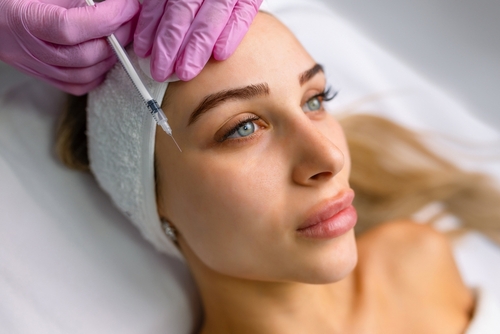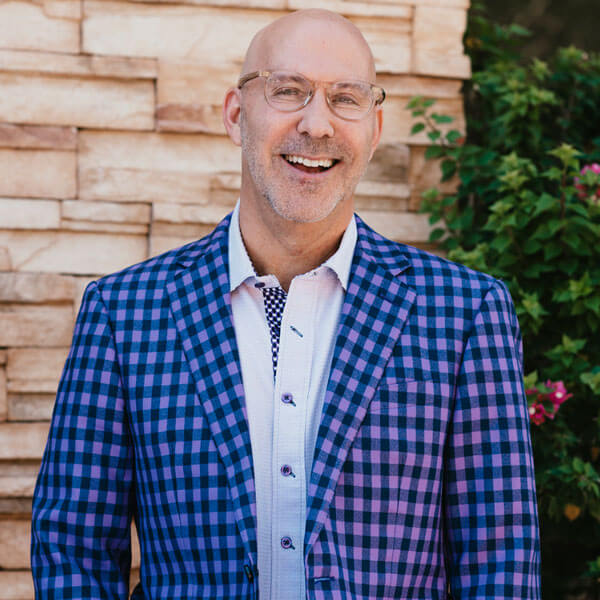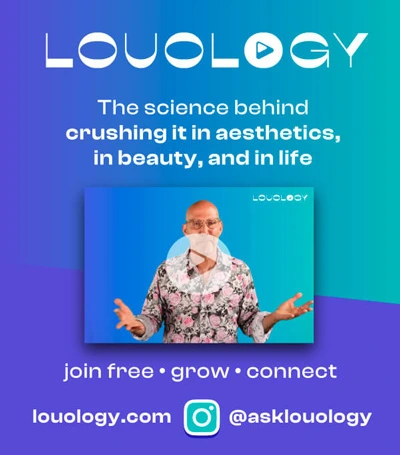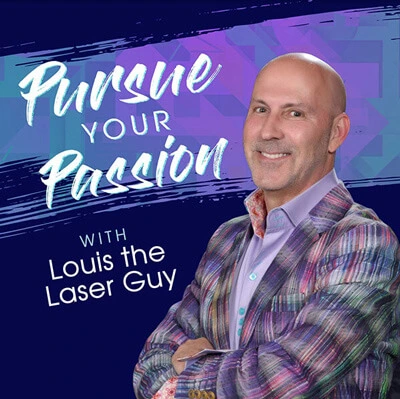The Rise of Biostimulators in Medical Aesthetics
In recent years, the field of medical aesthetics has undergone a profound transformation. No longer solely focused on surface-level enhancements, the industry is shifting toward regenerative, long-term solutions that work with the body rather than against it. At the forefront of this movement are biostimulators—a new class of injectables that are redefining what it means to age gracefully. Unlike traditional fillers, which provide instant but temporary volume, biostimulators stimulate the body’s natural collagen production, leading to more natural and longer-lasting results.
As consumer interest in holistic and minimally invasive procedures grows, biostimulators have surged in popularity among both patients and practitioners. Recognizing this shift, National Laser Institute, a premier medical aesthetics training school—has embraced this trend by offering in-depth training on biostimulators as part of its comprehensive curriculum. This ensures that healthcare professionals are well-prepared to meet the demands of this evolving and exciting new chapter in cosmetic medicine.
The Rise of Biostimulators
What are Biostimulators?
 Biostimulators are injectable treatments designed to stimulate the body’s natural regenerative processes, particularly collagen and elastin production. Unlike hyaluronic acid fillers, which fill space directly, biostimulators work gradually, encouraging the skin to rebuild itself from within. The results? A subtler, more natural enhancement that improves skin texture, elasticity, and volume over time.
Biostimulators are injectable treatments designed to stimulate the body’s natural regenerative processes, particularly collagen and elastin production. Unlike hyaluronic acid fillers, which fill space directly, biostimulators work gradually, encouraging the skin to rebuild itself from within. The results? A subtler, more natural enhancement that improves skin texture, elasticity, and volume over time.
Some of the most well-known biostimulator agents include:
- Sculptra®
- Radiesse®
- Ellansé®
Each product varies slightly in formulation and intended application, but the common thread is their ability to offer long-term improvement in skin quality and structure by harnessing the body’s innate healing capabilities.
Why are Biostimulators so Popular?
The growing popularity of biostimulators is no accident. A combination of patient preferences and advancements in technology has created the perfect environment for their rise.
1. Natural-Looking Results
Patients are increasingly seeking aesthetic enhancements that preserve their natural appearance. Biostimulators provide gradual, subtle changes that don’t drastically alter facial features but instead rejuvenate the skin from within.
2. Longevity
While hyaluronic acid fillers typically last 6–12 months, biostimulators can deliver results that last up to two years or more, offering both value and durability.
3. Minimal Downtime
Like most injectables, biostimulators are minimally invasive. Side effects are generally mild and temporary, such as slight swelling or bruising at the injection site.
4. Regenerative Appeal
Modern consumers are more educated and health-conscious than ever. There’s a growing interest in regenerative medicine—treatments that help the body heal or renew itself naturally. Biostimulators perfectly align with this trend.
Applications Beyond Aesthetics
While facial rejuvenation remains the primary application, biostimulators are increasingly used to treat:
- Neck and décolletage crepiness
- Hand volume loss
- Skin laxity on arms, abdomen, and thighs
- Cellulite and stretch marks
This versatility expands both treatment options for patients and business potential for aesthetic practices.
The Role of the National Laser Institute
As the demand for biostimulator treatments continues to grow, so does the need for skilled, certified professionals. That’s where National Laser Institute (NLI) steps in.
A Leader in Aesthetic Education
NLI has long been a trailblazer in medical aesthetics training, offering cutting-edge courses in lasers, injectables, and more. With a strong focus on safety and real-world application, NLI equips graduates to succeed from day one.
Biostimulator Training Programs
Understanding the shift toward regenerative medicine, NLI has added biostimulator-specific training to its curriculum, including:
- Science-based classroom sessions on collagen stimulation
- Hands-on instruction with live models
- Facial and body contouring techniques
- Product selection, dosing, and injection strategies
Always Ahead of the Curve
NLI’s courses are continually updated to reflect the latest advancements and product launches in the industry. Students and alumni can trust they’re learning the most current and effective techniques available.
Who Can Train in Biostimulators?
The National Laser Institute offers biostimulator training for licensed medical professionals, including:
- Physicians (MD/DO)
- Nurse Practitioners (NP)
- Physician Assistants (PA)
- Registered Nurses (RN)
Whether you’re new to medical aesthetics or a seasoned injector looking to expand your skill set, NLI provides flexible training options tailored to your goals.
The Future Is Regenerative
The popularity of biostimulators marks a powerful shift from temporary enhancements to regenerative, collagen-stimulating solutions. As patients increasingly seek results that look and feel natural, the demand for biostimulators—and qualified injectors—is only going to rise.
By integrating biostimulators into their services, practitioners not only meet this demand but also help patients age with confidence and grace. And thanks to training from the National Laser Institute, providers are empowered with the knowledge and hands-on experience they need to succeed in this exciting new frontier.
For medical professionals eager to stay ahead of the curve and lead in the next evolution of aesthetics, the time to act is now. With biostimulators and expert training from NLI, the future of cosmetic medicine is here—and it’s regenerative.
Interested in adding biostimulators to your practice? Click here to contact National Laser Institute today.

About the Author
Louis J. Silberman is the CEO and Co-Founder of National Laser Institute, the pioneer of the medical aesthetics training industry and the largest educator in the country. NLI also operates one of the busiest medical spas in the country, seeing up to 3,000 clients per month. Louis Silberman is also an entrepreneur who has been named Ernest and Young’s EY Entrepreneur of the Year Semifinalist.








